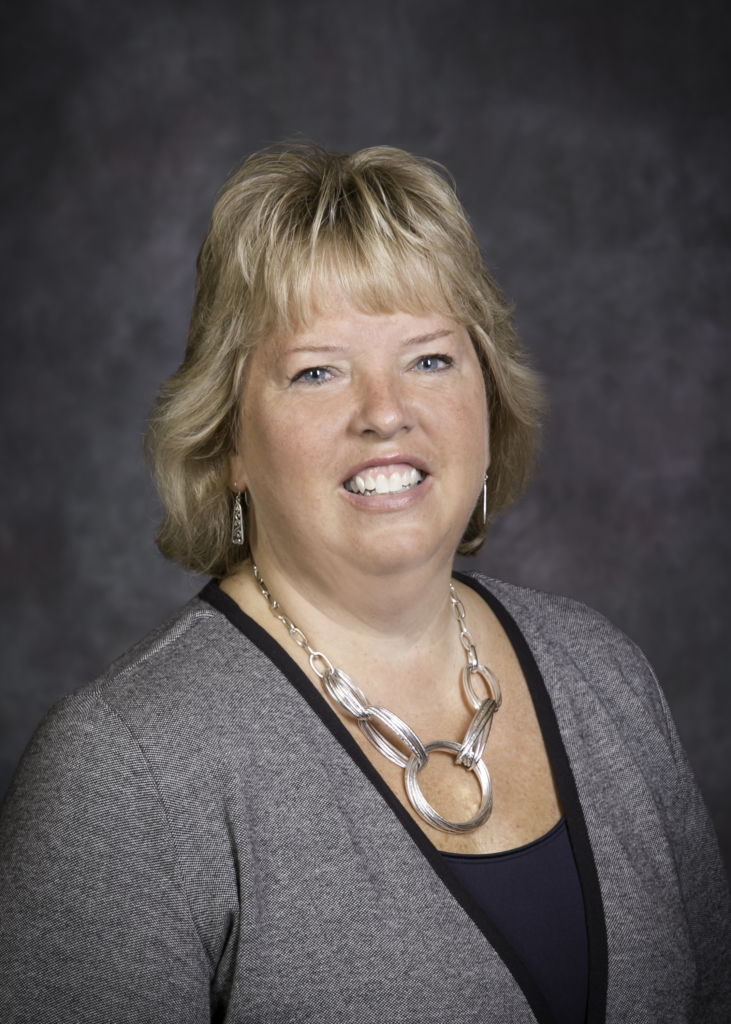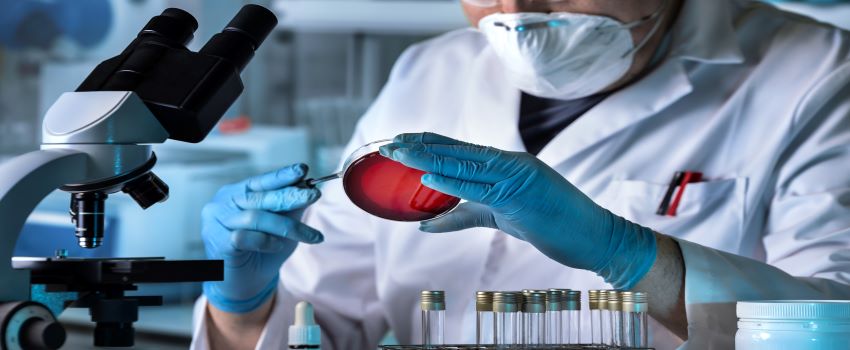On October 7th, EPA released its new Guidance for Products Adding Residual Efficacy Claims. After a thorough review including a comparative review of historical documents and all linked methods, and the Response to Comments document, Scientific & Regulatory Consultants, Inc. (SRC) has created the below summary of changes.
Registrants are being given a 1-year implementation period though the new Guidance may be adopted sooner if desired. Protocols signed after October 7, 2023, must be compliant with this Guidance.
Please contact Rhonda Jones, RM(AAM), at rjones@srcconsultants.com if you have any questions.
For Residual Self Disinfection (“RSD”):
Summary of Changes:
- Reduced lot replication for bacteria to 2 lots – LCL continues to be required
- Reduced number of wear passes to 2 passes – SRC has written confirmation this is correct!
- Towelettes have been removed from the Guidance and require EPA consultation though EPA has registered claims historically
- Improved clarity on bridging for bacteria and viruses
- Continued to address only bacterial and viral claims
- Continued to omit hard and soft, porous surfaces and food contact surfaces – these will require EPA consultation and/or a New Protocol review
- Continued to omit Salmonella enterica as an alternate test strain to Pseudomonas for residential products
- Clarity on having non-residual disinfection data for each strain claimed under residual use
- Testing continues to be based on the current Protocol 01-1A
- Expect New Protocol review for modifications
- A 24-hour residual claim is supported by the method. EPA consultation is required for longer or shorter durations
- Requiring a quantitative viral Neutralization Control
- The section on the required viral strain to test for residual activity has been reworded implying the hardest to kill virus in the non-residual list of claimed viruses must be tested to support a residual viral claim. However, later in the Guide, EPA clarifies data is only needed for the claimed viruses under residual.
- This Guidance does not allow viral claims for sanitizers
Items of Note in EPA Response to Comments:
- General:
- EPA must be consulted for claims for different temperature or RH conditions
- EPA will continue to accept non-GLP data as long as the GLP statement itemizes the GLP discrepancies
- EPA did not confirm if 2 distances must be tested with ESS application
- EPA confirmed purification of viral inoculum may be conducted (filtration/ultrafiltration).
- EPA did not identify a SARS-CoV-2 surrogate but requests consultation where needed.
- EPA did not add a quantitative outlier calculation.
- RSD:
- EPA plans to revise the RSS (Residual Self Sanitization) method
- EPA rejected a request to allow enterica or K. aerogenes as an alternate to P. aeruginosa for non-healthcare use sites
- EPA rejected a request to reduce the RSD reinoculation frequency
- A PRIA New Protocol Review will be required for porous surfaces
- EPA confirmed the order of test carrier treatment (Initial Soil/inoculum – Product application – Wear) though alternatives have been allowed for registration
For Supplemental Residual Longer Lasting Coatings:
Summary of Changes:
- Clarity on omitting durability (wear & cleaning) testing for Additional Bacteria and Viruses
- Clarified 2 lot replication
- Residual contact times <1 hour will not be allowed
- Contact times >2 hours must be confirmed with EPA
- The guidance does not cover porous surfaces. EPA will require a PRIA new protocol review for porous surfaces.
- Expanded guidance for the Stewardship program
- Testing must follow EPA BEAD SOP MB-40, a revised version of the 2020 EPA method
- Continues to use the scrubby sponge as the wear pad
- Reduced wear cycles and exposure to registered cleaning solutions in revised method
- Residual durations longer than 1 week must be discussed with EPA whereas the original Guidance allowed up to 4 weeks
- No bridging continues in this version – Each claimed organism must be tested
- EPA consultation required for products formulated with “sheens, colorants, glosses, etc.”
- Though there are discrepancies between the EPA 2021 Research report posted, the final published MB-40-00 method states:
- Adopted a sponge supplier/model and changed the procedure for application of cleaning solutions
- Reduced cleaning solution added to the sponge from 20mL to 15mL which delivers 15% less solution to the test carriers while still achieving wetness for the contact time of the cleaning solutions
- Changed the Wet Wear cycling to alternate with dry wear. EPA is terming one cycle as “wet + dry” and requiring a total of 5 cycles which really equates to 10 separate cycles of wear when conducting testing. This further reduces the coating’s exposure to the cleaning solutions. A dry wear only challenge of 10 cycles is still also required. Testing will continue to have 4 treatment arms: Dry only, Hypochlorite Wet/Dry, Peroxide Wet/Dry, and Quat Wet/Dry
- Reduced the number of wear passes per cycle over the test carriers from 8 to 4 passes for the Wet/Dry Treatment arms, and from 16 to 4 passes for the Dry Treatment arm. This reduces the total wear passes by 50%
- Reduced the time between cycles to 10min between wet or 5min between dry cycles. All cycles must be completed within 5 days. Efficacy testing must be completed within 7 days of completing the wear.
- EPA has replaced the allowance for the product to dry on the carriers overnight with application per the approved use directions/label
- Bacterial growth media has changed to Synthetic Broth plus dextrose and the culture must achieve at least 8 log/mL at time of harvest
- Log reduction performance is based on mean of test carrier outcome.
- Allowing a +/-10min period around the contact time for recovery of survivors
- Appendix E adds an excellent graphic showing how each of the 35 carriers per lot are utilized in the study
- Added Viral Test Procedure (Note: EPA did not provide data in the docket demonstrating feasibility) including:
- 4-5 log/carrier requirement following the 1-2 hour contact time – we expect this will be a technical challenge for many viruses to survive for this period
- 3 Part Soil is required though little testing has been done on the compatibility of this soil with the range of viruses and host cells utilized by Registrants
- Requiring plating of 80% of the recovered volume of the initial tube and all dilution tubes (e.g., 16mL of 20mL neutralizer with no more than 1mL/well of a 24 well plate) – this may represent a significant practical challenge for labs
- Added a Quantitative Neutralization Assay
Items of Note in EPA Response to Comments:
- General:
- EPA must be consulted for claims for different temperature or RH conditions
- EPA will accept non-GLP data as long as the GLP statement itemizes the discrepancies
- EPA did not confirm if 2 distances must be tested with ESS application
- EPA confirmed purification of viral inoculum may be conducted (filtration/ultrafiltration)
- EPA did not identify a SARS-CoV-2 surrogate but requests consultation where needed
- EPA did not add a quantitative outlier calculation
- Long Lasting Residual Coatings:
- EPA declined to replace the sponge with a wiper similar to RSS/RSD as it delivered 10x less liquid to the carrier
- 5% animal serum will not be allowed as an alternative soil
- An allowance for irradiation or UV for sterilization of carriers post wear prior to the efficacy test was not included as they were concerned about the negative consequences to the film.
- The request to reduce the number of test carriers was rejected to maintain high confidence
- Spiral plating was rejected as an alternative to filtration to keep the detection limit low
- Claims for untouched surfaces should be discussed with EPA along with protocol modifications. EPA has previously stated in writing to SRC that these claims will no longer be allowed.
- The quat solution for the wet cycles does not have a target concentration
- If sponsors plan to coat/wear carriers, then send the carriers to a second lab for efficacy testing, EPA consultation is needed to discuss this modification
- Many detailed changes were made, review MB40-00 closely prior to testing
For Supplemental Residual Fixed Items (e.g., copper, paint):
Summary of Changes:
- Clarity on omitting durability (wear & cleaning) testing for Additional Bacteria and Viruses
- Clarified 2 lot replication
- Residual contact times <1 hour will not be allowed
- Contact times >2 hours must be confirmed with EPA
- The guidance does not cover porous surfaces. EPA will require a PRIA New protocol review for porous surfaces
- Expanded guidance for the Stewardship program
- Testing must follow EPA BEAD SOP MB-41, a revised version of a 2020 EPA method
- Continues to use the scrubby sponge as the wear pad
- No bridging continues in this version – Each claimed organism must be tested
- EPA consultation required for products formulated with “sheens, colorants, glosses, etc.”
- MB-41-00 for Copper–Containing Surfaces states:
- EPA did not change the number of carriers, wear cycles, wear passes, duration of wear, or cleaning chemical volume/exposure time
- EPA added an alcohol soak to decontaminant carriers after wear and before efficacy testing
- Bacterial growth media has changed to Synthetic Broth plus dextrose and the culture must achieve at least 8 log/mL at time of harvest. Other test culture preparation steps have changed including incubation time
- Efficacy testing must be completed within 7 days of completing the wear.
- Allowing a +/-10min period around the contact time for recovery of survivors
- Incubation duration change for the unexposed steel control carriers.
- Added Viral Test Procedure (Note: EPA did not provide data in the docket demonstrating feasibility) including:
- 4-5 log/carrier requirement following the 1-2 hour contact time – we expect this will be a technical challenge for many viruses to survive for this period
- 3 Part Soil is required though little testing has been done on the compatibility of this soil with the range of viruses and host cells utilized by Registrants
- Requiring plating of 80% of the recovered volume of the initial tube and all dilution tubes (e.g., 16mL of 20mL neutralizer with no more than 1mL/well of a 24well plate) – this may represent a significant practical challenge for labs
- Added a Quantitative Neutralization Assay
Items of Note in EPA Response to Comments:
- General:
- EPA must be consulted for claims for different temperature or RH conditions
- EPA will continue to accept non-GLP data as long as the GLP statement itemizes the GLP discrepancies
- EPA did not confirm if 2 distances must be tested with ESS application
- EPA confirmed purification of viral inoculum may be conducted (filtration/ultrafiltration).
- EPA did not identify a SARS-CoV-2 surrogate but requests consultation where needed.
- EPA did not add a quantitative outlier calculation.
- Comments related to Fixed Coatings (Copper/Paint):
- EPA is requiring filtered 3 Part Soil as the soil load. EPA is not allowing 5% animal serum.
- Many detailed changes were made, review MB-40-00 closely prior to testing

Rhonda Jones
CEO
Posted 10/17/2022


